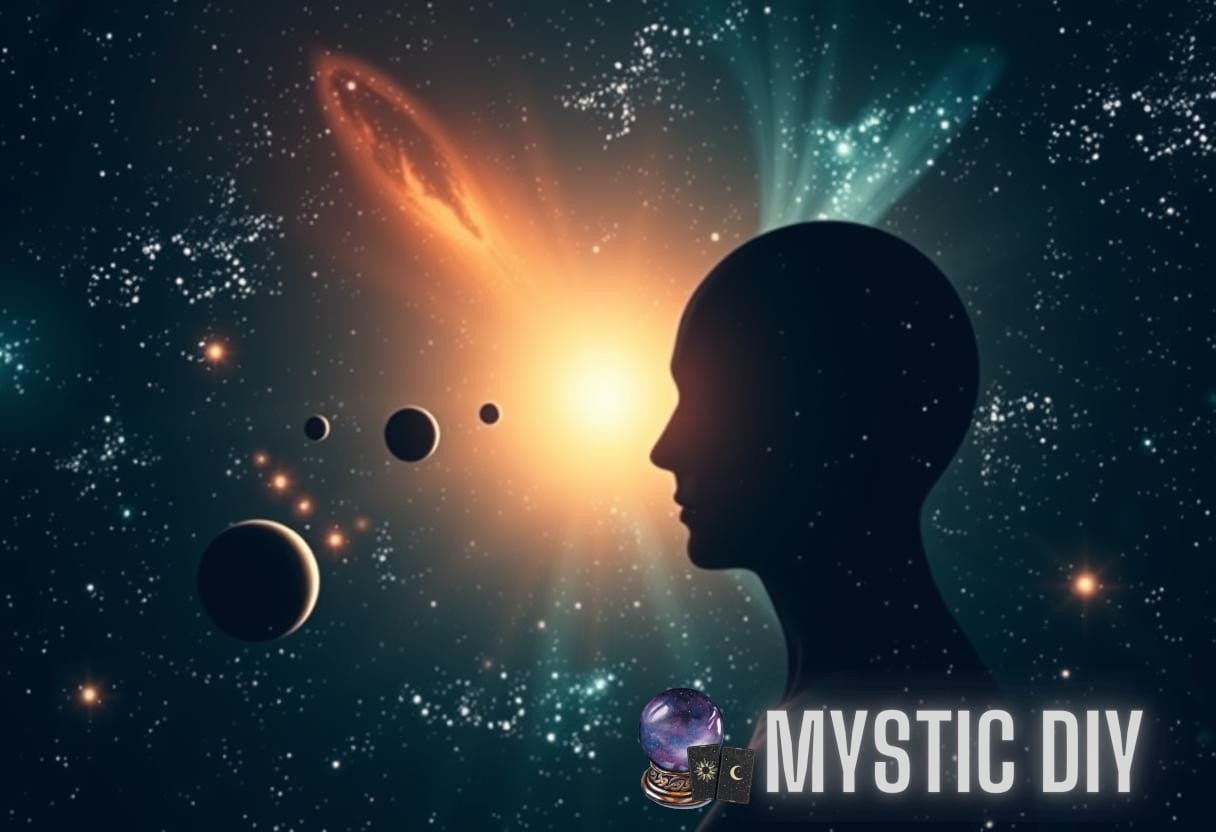Unraveling the Astral Tapestry: Unveiling the Reverberating Forces of Planetary Alignments in Astrology
Throughout human history, the night sky has captivated our imagination, serving as a constant source of wonder and intrigue. From ancient civilizations to modern times, people have looked to the stars for guidance, seeking a deeper understanding of their place in the cosmos. One of the key tools in this quest for knowledge is astrology, a practice that seeks to find meaning in the alignment of celestial bodies and their influence on human lives.
The Power of Astral Alignments
In astrology, astral alignments refer to the positioning of planets, the Sun, and the Moon in relation to one another. These alignments are believed to emit unique frequencies and energies that can impact various aspects of our lives. Astrologers argue that these celestial configurations can influence personality traits, major life events, and even shape the general course of human history.
Astral alignments are central to the study and practice of astrology. By examining the positions and relationships of planets at a specific moment in time, astrologers can construct birth charts, also known as horoscopes, which offer insights into an individual’s character, strengths, weaknesses, and future possibilities. The interpretation of astral alignments can be complex and requires a comprehensive understanding of astrological symbols, aspects, and relationships between celestial bodies.
Planetary Alignments and Astrology
Planetary alignments play a crucial role in astrology, as they are believed to amplify the cosmic energies that influence human life. There are several types of planetary alignments that astrologers focus on:
- Conjunction: When two or more planets align closely together in the same zodiac sign, they are said to be in conjunction. This alignment amplifies the combined energies of the planets involved, potentially intensifying certain aspects of an individual’s life.
- Opposition: An opposition occurs when two planets are positioned directly opposite each other in the zodiac. This alignment often signifies a tension or conflict between the energies represented by the planets involved.
- Square: A square occurs when two planets are 90 degrees apart in the zodiac. This alignment can bring about challenges and obstacles in an individual’s life, as the energies of the planets involved may clash.
- Trine: A trine is formed when two planets are 120 degrees apart in the zodiac. This alignment is considered harmonious and often symbolizes ease and flow between the energies represented by the planets involved.
- Sextile: A sextile occurs when two planets are 60 degrees apart in the zodiac. This alignment is generally considered favorable, as it promotes opportunities and growth.
These planetary alignments are just a few examples among many that astrologers study and interpret. Each alignment is thought to bring its unique set of energies and influences to individuals and the world as a whole.
Historical Significance of Astral Alignments
Astral alignments have featured prominently in human history, shaping cultures, religions, and societies. Many ancient civilizations, such as the Egyptians, Greeks, and Mayans, placed great importance on observing the skies and understanding the implications of astral alignments. It was believed that these alignments could foretell significant events, guide decision-making, and influence the destiny of individuals and nations.
One of the most notable examples of historical significance is the alignment of Jupiter and Saturn, known as the Great Conjunction. This conjunction occurs approximately once every 20 years and has been associated with significant shifts in power, changes in political systems, and the rise and fall of empires. For instance, the Great Conjunction in 7 BC is theorized to be the astronomical event that the three wise men in the Bible observed and associated with the birth of Jesus.
Scientific Considerations
While astrology has captured the imagination of countless individuals, it is important to acknowledge that scientific evidence supporting its claims is scarce. Acknowledging this, astrology is considered a pseudoscience by the scientific community due to the lack of empirical evidence and the inability to replicate astrological predictions under controlled conditions.
However, the popularity and enduring appeal of astrology suggest that there may be more to it than meets the eye. Many individuals have reported experiencing a sense of resonance and subjective validity in astrological interpretations of their lives. Additionally, astrology continues to be a source of inspiration for poets, artists, and writers, who find comfort and meaning in its symbolic language.
Unlocking the Mysteries of Astral Alignments
If you’re intrigued by astral alignments and want to explore the world of astrology, there are several resources available to deepen your understanding. Mystic DIY provides a comprehensive guide to unlocking the mysteries of astrological alignments and their everyday meanings. This article offers valuable insights into how astral alignments can shape personality traits and influence various areas of life.
Moreover, Mystic DIY also offers a comprehensive astrology guide to home astrology practices, allowing you to unlock the cosmic secrets of your birth chart and tap into the powerful energies revealed by astral alignments.
Conclusion
Astral alignments remain a fundamental aspect of astrology, capturing the fascination of many who seek to unravel the mysteries of the cosmos. While the scientific community may dismiss astrology as a pseudoscience, its enduring popularity suggests that it offers something more profound and meaningful to those who embrace it. Whether you approach astrology as a guiding force or a source of inspiration, the study of astral alignments provides a window into the intricate and interconnected tapestry of the universe.


